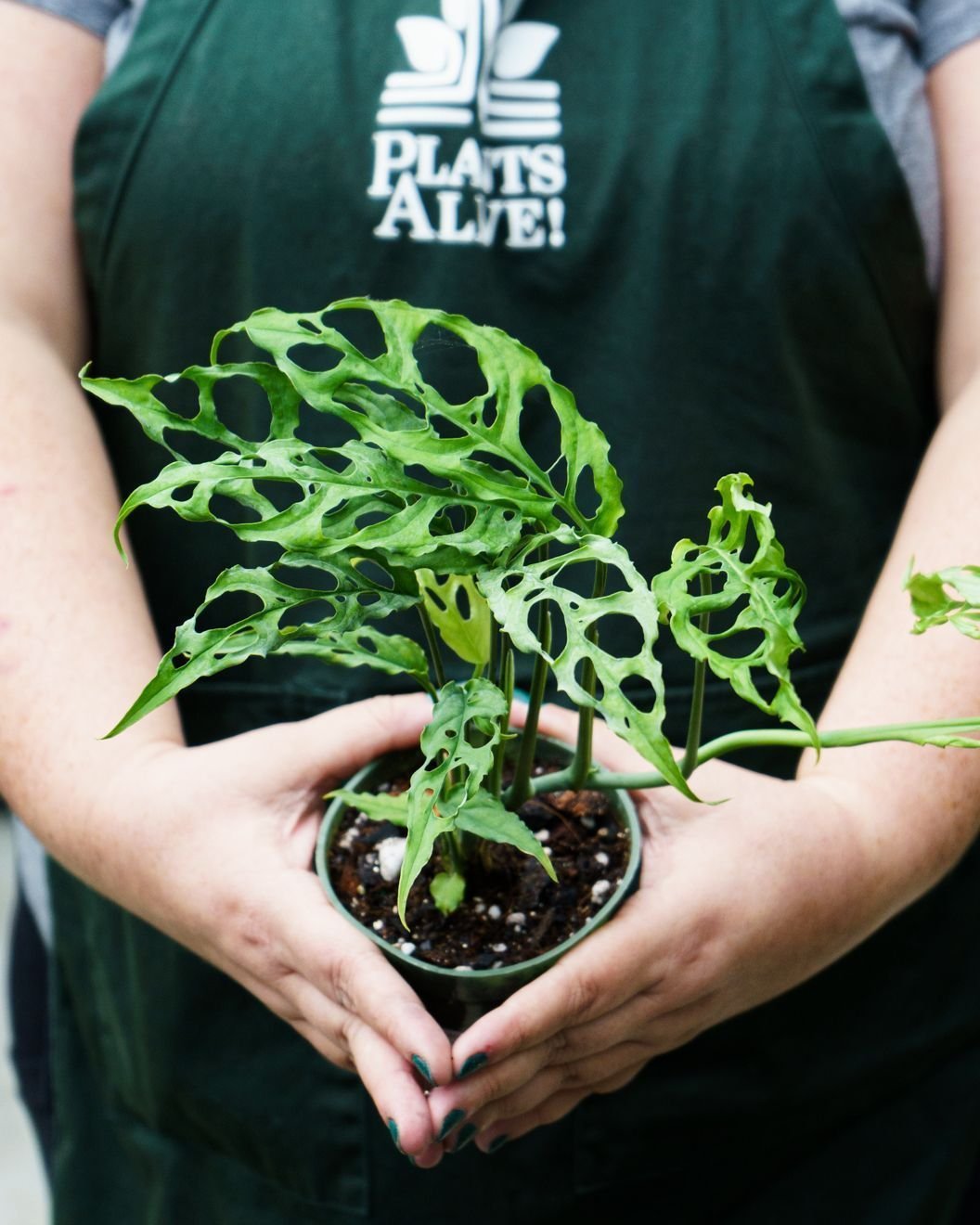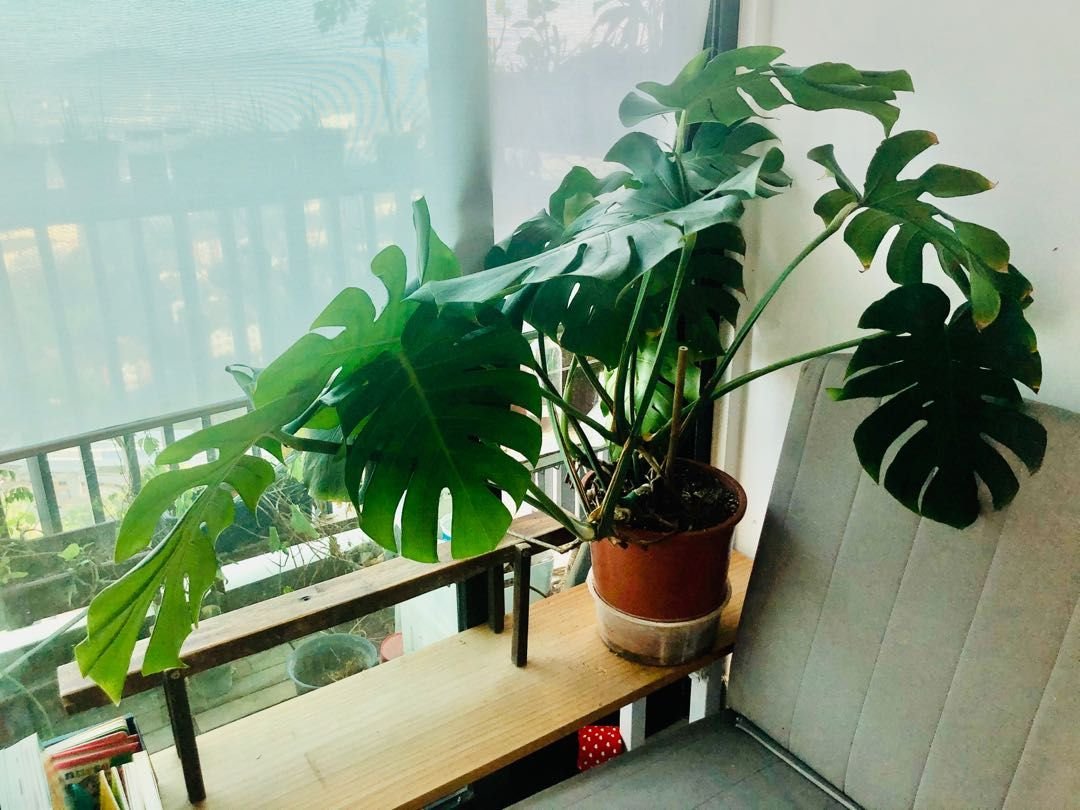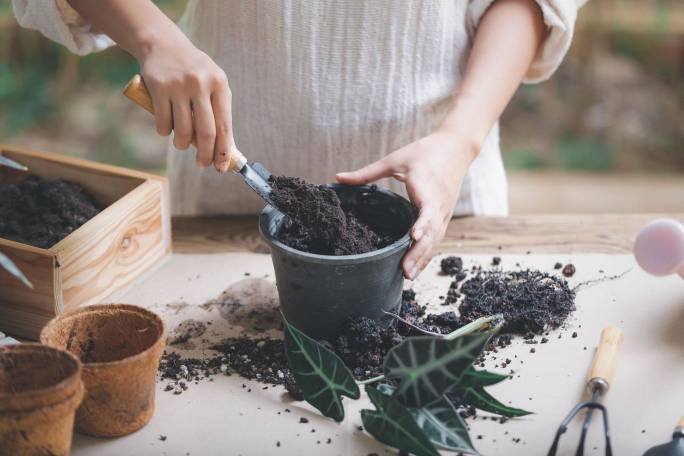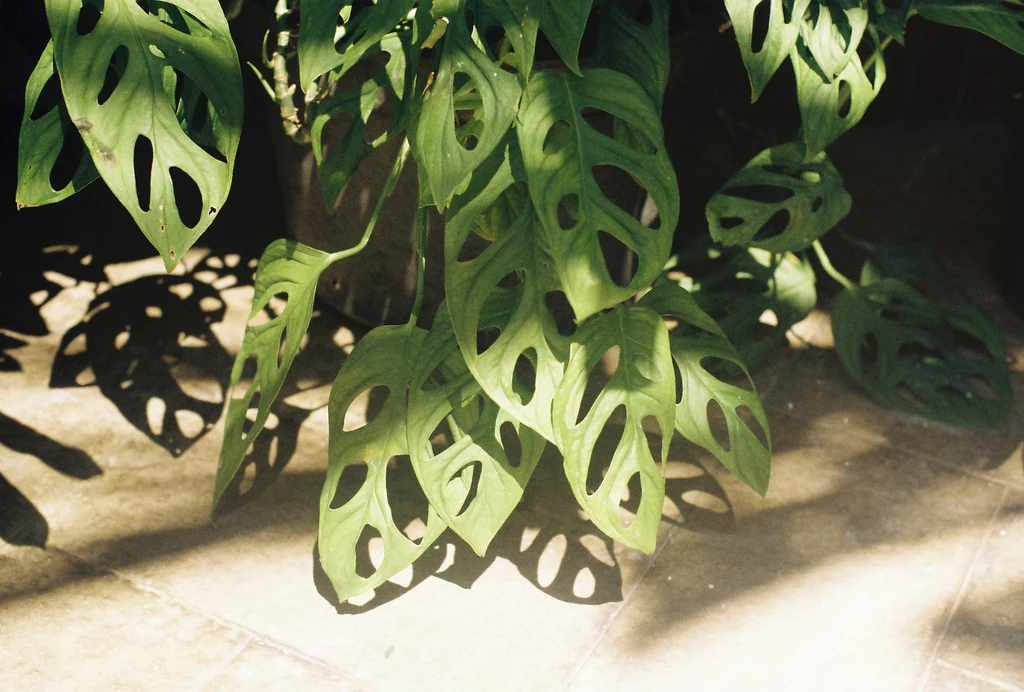Discover the stunning monstera expilata, a rare and highly coveted plant with elongated, perforated leaves. This guide covers care requirements, growth habits, and where to find one for your indoor garden.
If you’re an indoor plant lover, there’s a good chance you’ve heard of the famous monstera deliciosa – the “swiss cheese plant” known for its huge, natural leaf holes and tropical vibes. But have you met its gorgeous cousin, the monstera expilata?
The expilata is quickly gaining popularity among collectors as an unusual and eye-catching houseplant species. With its elongated, perforated leaves and interesting growth habit, this rare plant variety is sure to be the star of any indoor jungle.
In this guide, you’ll learn all about the monstera expilata’s unique traits, growth patterns, and care requirements. We’ll also share some tips on where to find one of these coveted plants for your own collection.
What is a Monstera Expilata?

The monstera expilata is a type of flowering plant in the Araceae family, which also includes favorites like philodendrons, ZZ plants, and other monsteras. It’s native to the rainforests of Mexico, Colombia, Costa Rica and other Central American regions.
So what makes this plant different from the classic monstera deliciosa? For starters, the expilata’s leaves are much longer and skinnier, with individual leaves often reaching up to 3 feet in length! The leaves also have oblong holes that run in neat rows along the midrib, giving it an almost skeletal or webbed appearance.
As a juvenile plant, the expilata starts off with smaller, solid green leaves. But as it matures, the iconic long leaves with natural holes and splits will begin to appear. With age, this plant also develops a thick, woody cane much like the deliciosa’s shingle plant growth.
Another cool trait of the expilata? Its leaves change shape over time to maximize sunlight exposure. The long, fenestrated adult leaves help capture as much light as possible in the shaded rainforest understory where this plant calls home.
Caring for a Monstera Expilata
While gorgeous, the expilata can be a bit trickier to care for compared to its popular monstera deliciosa relative. Here are some tips for keeping this finicky plant happy and healthy at home:
Light:

Bright, indirect light is best for the expilata to prevent scorching. An east or west-facing window is ideal, or supplement with a grow light. Mature plants can tolerate a bit more direct sun.
Water:

Allow the top 2-3 inches of soil to dry out between waterings, then soak the soil thoroughly and discard excess drainage. Never let it sit in standing water. This plant is prone to root rot in overly wet conditions.
Soil:

Use a chunky, well-draining potting mix like an orchid blend or mix in perlite, bark, and charcoal to improve drainage. Good airflow around the roots is key.
Humidity:

As a tropical plant, the expilata loves humidity levels of at least 50-60%. Use a humidifier, pebble tray, or mist the leaves regularly if your home is dry.
Temperature:

This plant thrives in average warm household temperatures between 65-85°F. Avoid drafty areas and cold drafts during winter months.
Fertilizer:

Feed every 4-6 weeks during the warm growing season with a balanced liquid fertilizer. Cut back or stop fertilizing in winter when growth is minimal.
Repotting:

Repot every 2-3 years in early spring using a pot 2-3 inches wider than the previous container. Be gentle when repotting to avoid damaging the sensitive root system.
Climbing Support:

Like all monsteras, the expilata is a climbing vine in nature. Provide a moss pole, trellis or totem to allow the plant to climb vertically as it matures.
With its tropical needs for humidity, warmth, and bright, indirect light, the expilata makes an impressive (although fussy) houseplant specimen. In the right conditions with proper care, it will continually produce new growth for years to come.
Where to Find a Monstera Expilata
Are you ready to take on the rewarding challenge of growing a monstera expilata at home? Finding one can take some effort, as this plant variety is still quite rare in cultivation.
Your best bet is to check with local specialty plant nurseries, join online plant forums and trading groups, or keep an eye out for online plant retailers selling expilata cuttings or baby plants. Expect to pay a premium price of $50-150 or more, as these tend to be pricy collector’s plants.
When buying an expilata, inspect the plant closely for any sign of disease, damage or pests. It’s also a good idea to slowly acclimate it to your home conditions after bringing it back from the store.
With a little patience and the right care, your expilata could someday grow into a stunning, towering plant with leaves over 6 feet long! It’s no wonder these rare monsteras make such coveted collector’s items.
So if you’re up for a fun challenge as an indoor gardener, consider adding the extraordinary monstera expilata to your plant wish list. Just be prepared to give this beauty lots of love and attention. Your reward will be an impressive, one-of-a-kind showpiece that’s sure to wow any guest!
Pingback: https://gardenersschool.com/the-stunning-monste...
Pingback: The Stunning Monstera Expilata: A Collector&rsq...
Pingback: Monstera Obliqua: A Guide to Caring for the Elusive Delight
Pingback: Growing Monstera Deliciosa Fruit: A Comprehensive Guide
Pingback: Monstera Albo Care : Essential Tips for Healthy Growth